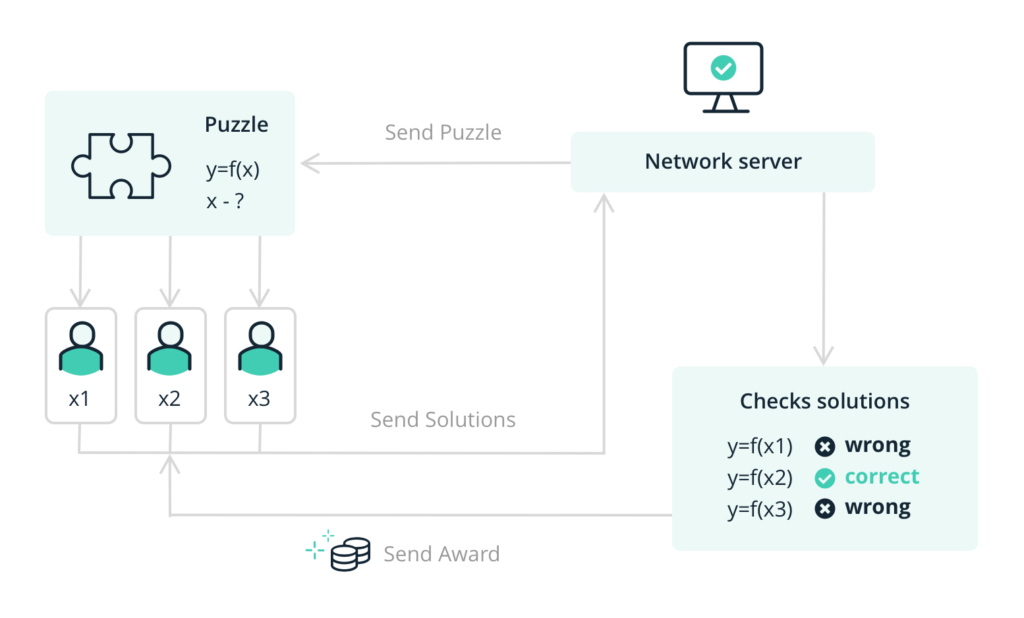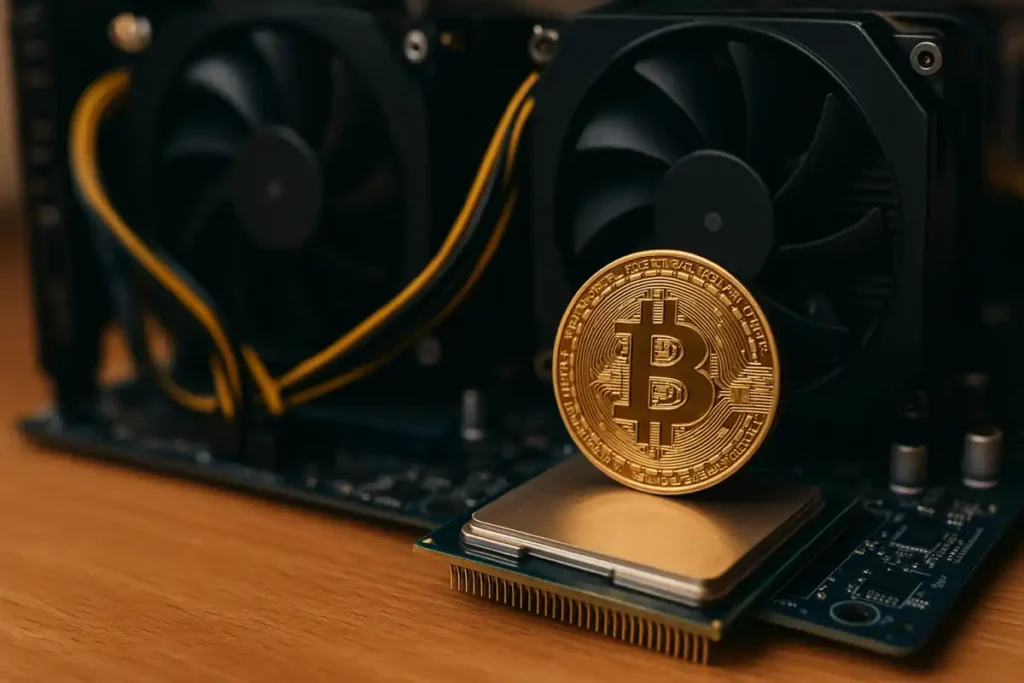Proof of Work (PoW) is a fundamental component of blockchain networks that ensures security and decentralization. Originally popularized by Bitcoin, PoW plays a crucial role in validating transactions and maintaining the integrity of decentralized systems. But what exactly is Proof of Work? How does it function? And what are its advantages and drawbacks? Let’s explore everything you need to know.
Featured News Headlines
What is Proof of Work?
Proof of Work (PoW) is a consensus mechanism used in blockchain networks to validate transactions and add new blocks to the chain. The concept was first introduced in 1993 by Cynthia Dwork and Moni Naor as a way to prevent email spam. However, it gained widespread recognition in 2008 when Satoshi Nakamoto implemented it as the core security protocol for Bitcoin.
PoW requires participants—commonly known as miners—to perform complex mathematical calculations using computational power. Solving these calculations proves that a certain amount of “work” has been done. This process helps secure the network and prevents fraud or manipulation.
How Does Proof of Work Function?
- Transaction Pool (Mempool):
Transactions initiated by users are first sent to a temporary holding area called the mempool. - Mining Begins:
Miners group these transactions into a candidate block and begin solving a cryptographic puzzle to validate it. - Finding the Hash:
Using algorithms like SHA-256, miners repeatedly try different “nonce” values to generate a hash that meets the required difficulty level. - Block Validation:
Once a valid hash is found, the block is broadcast to the network. Other nodes verify its validity and, if accepted, add it to the blockchain. - Reward Distribution:
The successful miner is rewarded with a block reward (newly minted coins) and transaction fees.
What is the Purpose of Proof of Work?

- Security:
PoW makes it extremely expensive to manipulate the network. Attacks would require enormous computational power, making them economically unviable. - Decentralization:
Control over the network is distributed among miners around the world, not a central authority. - Double-Spending Prevention:
By validating transactions through proof of work, the system prevents the same coin from being spent twice.
Which Cryptocurrencies Use Proof of Work?
Many popular cryptocurrencies are built on the PoW consensus mechanism, including:
While some projects are moving toward alternative methods, PoW remains dominant in many major networks.
Advantages of Proof of Work
Robust Security:
The requirement for computational work makes it extremely difficult to compromise the network.
Transparent and Verifiable:
Every transaction is traceable and verifiable by any node in the network.
Battle-Tested:
PoW has been operational since Bitcoin’s inception in 2009 and has proven its effectiveness over time.
Drawbacks of Proof of Work
High Energy Consumption:
Mining consumes vast amounts of electricity, raising concerns about environmental impact.
Hardware Costs:
Effective mining requires expensive hardware such as ASICs, limiting accessibility.
Scalability Issues:
PoW networks generally handle fewer transactions per second compared to newer consensus models.
Proof of Work vs. Other Consensus Mechanisms
| Feature | Proof of Work (PoW) | Proof of Stake (PoS) | Delegated Proof of Stake (DPoS) |
|---|---|---|---|
| Energy Efficiency | Low | High | Very High |
| Hardware Requirement | High (ASICs) | Minimal | Minimal |
| Security | High | Medium-High | Medium |
| Centralization Risk | Medium | Low | High (due to delegation) |
The Future of Proof of Work
In 2022, Ethereum made headlines by transitioning from PoW to PoS with its landmark “Merge” update. This move was primarily motivated by environmental concerns and scalability needs. As a result, many new projects are now exploring PoS and other greener alternatives.
However, Bitcoin continues to rely on PoW due to its unmatched security and resistance to centralization. While debates about energy usage persist, PoW’s resilience makes it a hard mechanism to replace in certain blockchain systems.
Conclusion
Proof of Work (PoW) is a proven and powerful consensus algorithm that has formed the backbone of the blockchain revolution. Despite growing concerns over energy consumption, PoW continues to be favored for its unparalleled security and decentralization benefits.
Understanding how PoW works is essential for anyone interested in cryptocurrency, whether you’re a developer, investor, or enthusiast. As blockchain technology evolves, PoW will remain a critical part of its history and, in many cases, its future.


































[…] cryptocurrencies utilize either Proof of Work (PoW) or Proof of Stake (PoS). Decred utilizes both. But why is this […]